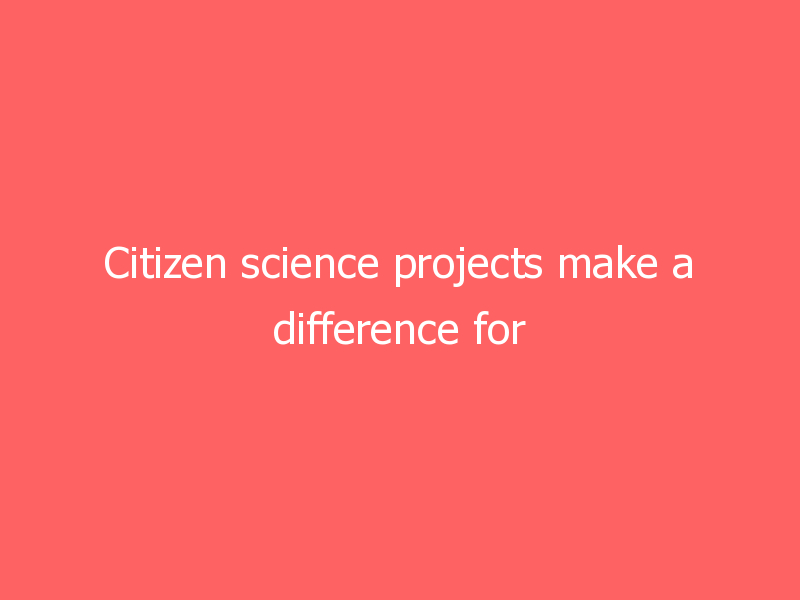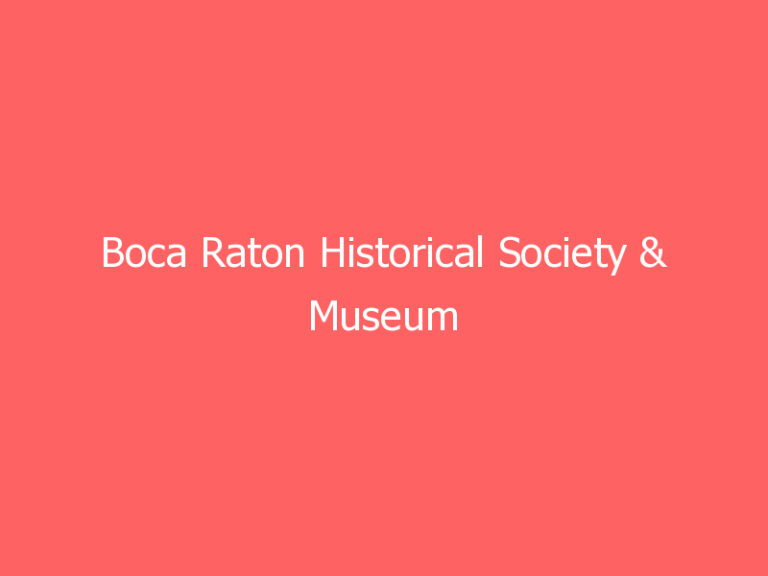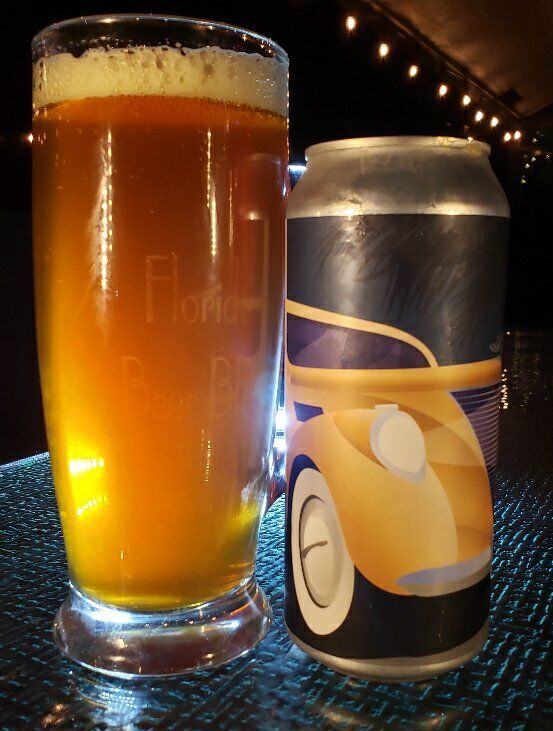When public interest is high and funding is limited, researchers can rely on citizens to help them measure wildlife populations, research finds. UF/IFAS and Florida Sea Grant scientists used the horseshoe crab citizen science project, Florida Horseshoe Crab Watch, as a model to show that data collected by the public is as reliable and accurate as that of researchers.
The study found no significant differences between data collected by volunteers and data collected by trained scientists. The program also spotlights the value of skilled volunteers who are willing and able to learn complex scientific procedures.
With 1,350 miles of Florida coastline to cover, it is virtually impossible to study Florida horseshoe crab populations without the help of volunteers. Through Florida Horseshoe Crab Watch, 833 volunteers have educated nearly 5,000 people about horseshoe crabs during beach surveys alone. Many of the volunteers also write articles, give talks at local clubs, have jobs or volunteer positions at nature centers, and generally chat people up about horseshoe crabs.
Citizens are making a difference in wildlife research here in Florida.
“That 5,000-person impact is a very conservative estimate,” said Savanna Barry, co-author of the study and regional specialized agent with UF/IFAS Extension Florida Sea Grant. “This is much more education than what just the three founding scientists would have been able to accomplish.”
“From a researcher’s perspective, even with well-funded projects, so much of scientific research is still groundwork,” said Berlynna Heres, Florida Fish and Wildlife Commission researcher and lead author of the study. “We need data collected consistently in many locations and often at the same time. Citizen science participation makes it possible to collect data that would never be captured otherwise.”
Historical records show that members of the public have recorded observations of the natural world to support scientists for centuries. In recent years, the reliance on citizen science has grown but some still fear the practice.
“A lot of the fear of citizen science research is that the quality is not on par with professionally trained researchers,” said Heres. “This is a fair concern, but completely project and goal dependent. Our study shows that with well devised training and guidance, any member of the public is capable of collecting data at a professional researcher’s level. Alternatively, like with the public report data we collect, the researchers who devise the study understand the limitations of data and use it according to its capabilities.”
The research compared data reported by anyone in the public that notices a horseshoe crab at the beach to data collected by trained citizen scientists volunteering under the Florida Horseshoe Crab Watch program. While both programs involve members of the public, the Florida Horseshoe Crab Watch program includes extensive training in the biology of the animals and the collection and reporting of data.
“This paper shows that the data volunteers collect are high quality and paves the way for more findings based on their data to be published in the scientific literature,” said Barry.
Data reported by the public helps steer the Florida Horseshoe Crab Watch program. For example, areas of heavily reported spawning activity determined sites for citizen science data collection.
In the case of Florida Horseshoe Crab Watch and the public spawning reporting, the public can directly participate in research that influences management decisions. The data that volunteers collect is actively used by FWC to conserve horseshoe crab populations, an important species for human health and the ecosystems in which they live.
“When volunteers see their data being used in real-world decision-making and in peer reviewed articles, it makes them feel like they are participating in something with a larger purpose and may make them more likely to keep volunteering,” Barry said.
The benefits of citizen science programs transcend the program and volunteers. Volunteers do more than collect and compile data; they help organizations understand how the public view their local ecosystems and wildlife.
“Not all volunteers come with fisheries or wildlife research backgrounds and have unique perspectives and ideas that help improve the program in return,” said Heres. “We get so much from working with the public, and we hope that those who volunteer with the program feel the same and know they are making a difference.”
Those interested in becoming involved can visit FWC’s Florida Horseshoe Crab Watch information page, select the nearest county’s drop down and contact the program coordinator for more information.
“Hands-on, outdoor, purposeful activities can be hard to come by,” Barry said. “Florida Horseshoe Crab Watch is fun and easy to learn, does not take a huge time commitment and is easy to plan for in advance. Many people tell me that they wanted to be a marine biologist but life got in the way of their plans, or perhaps they are an aspiring marine or wildlife biologist. Either way, this program is a great way to get experience being a marine scientist, even if just for a few days a year.”
Florida Horseshoe Crab Watch is a collaboration among FWC’s Fish and Wildlife Research Institute, UF/IFAS, UF Department of Biology and Florida Sea Grant.
Originally found on Read More







